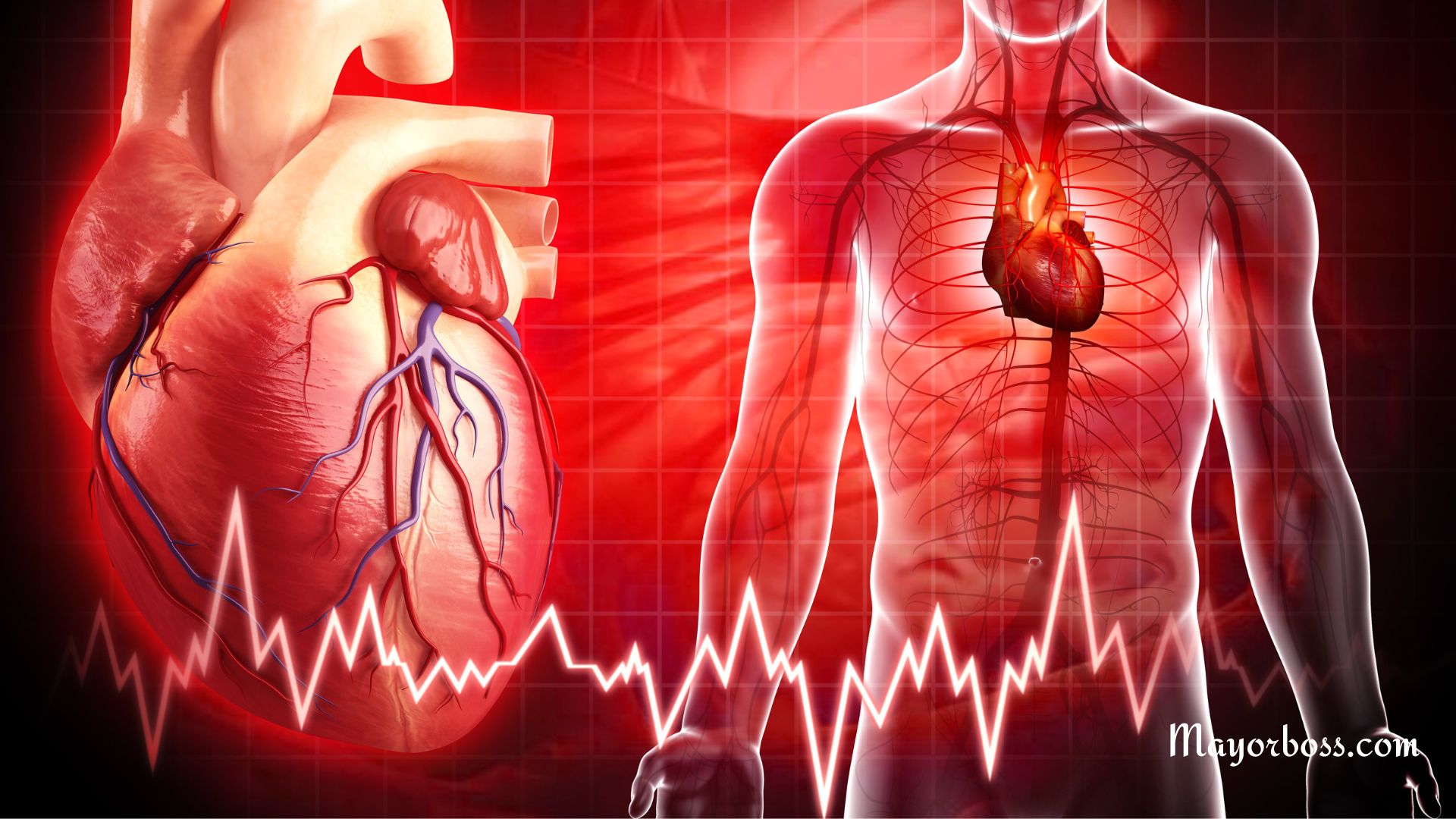Understanding the Apex of the Heart: Its Function and Location
Have you ever wondered about the structure of your heart and how its intricate design supports your body’s vital functions? Let’s jump into one specific part: the apex of the heart. This component plays a crucial role in the heart’s function and overall health.
What is the Apex of the Heart?
The apex of the heart is the lowest, most pointed part of the heart. It’s fascinating to note that the location of the apex is not centralized; instead, it’s positioned slightly to the left of the sternum, around the level of the fifth intercostal space. This position can vary slightly from person to person, but it generally remains in this area.
The Function of the Apex
Now, why is the apex so significant? Primarily, it’s integral to the heart’s pumping action. The heart is essentially a muscular pump, and the apex forms part of the left ventricle – the chamber responsible for pumping oxygen-rich blood throughout the body. When the heart beats, the contraction begins from the top (the atria) and moves down to the ventricles. The apex, being part of the left ventricle, plays a pivotal role in ensuring effective blood flow.
Additionally, the unique positioning and shape of the apex aid in the efficient pumping action. The pointed shape helps in the contraction and relaxation process, which is central to the heart’s ability to pump blood.
Locating the Apex
Have you ever placed your hand on your chest and felt your heartbeat? What you’re often feeling is the apex of the heart as it contracts. It’s typically located around the fifth rib, just under the left breast. Healthcare professionals often listen to this area with a stethoscope to assess the heart’s function, particularly the mitral valve, which lies near the apex.
The Apex’s Clinical Significance
In medical examinations, the position of the apex can reveal important information about heart health. If the apex is displaced, it might indicate an enlargement of the heart (cardiomegaly), which can be due to various conditions like hypertension or heart disease. Additionally, the strength and nature of the apex beat can provide clues about the heart’s functioning and any potential abnormalities.

In Conclusion
The apex of the heart, though a small part of this complex organ, plays a vital role in our cardiovascular health. Its function in aiding the heart’s pumping action and its position as a critical point for clinical assessment make it an essential component of heart anatomy. Understanding the apex helps us appreciate the incredible work our hearts do every day to keep us alive and well.
Next time you feel your heartbeat, remember the intricate mechanisms at play, with the apex of the heart playing its crucial part in this life-sustaining symphony.
